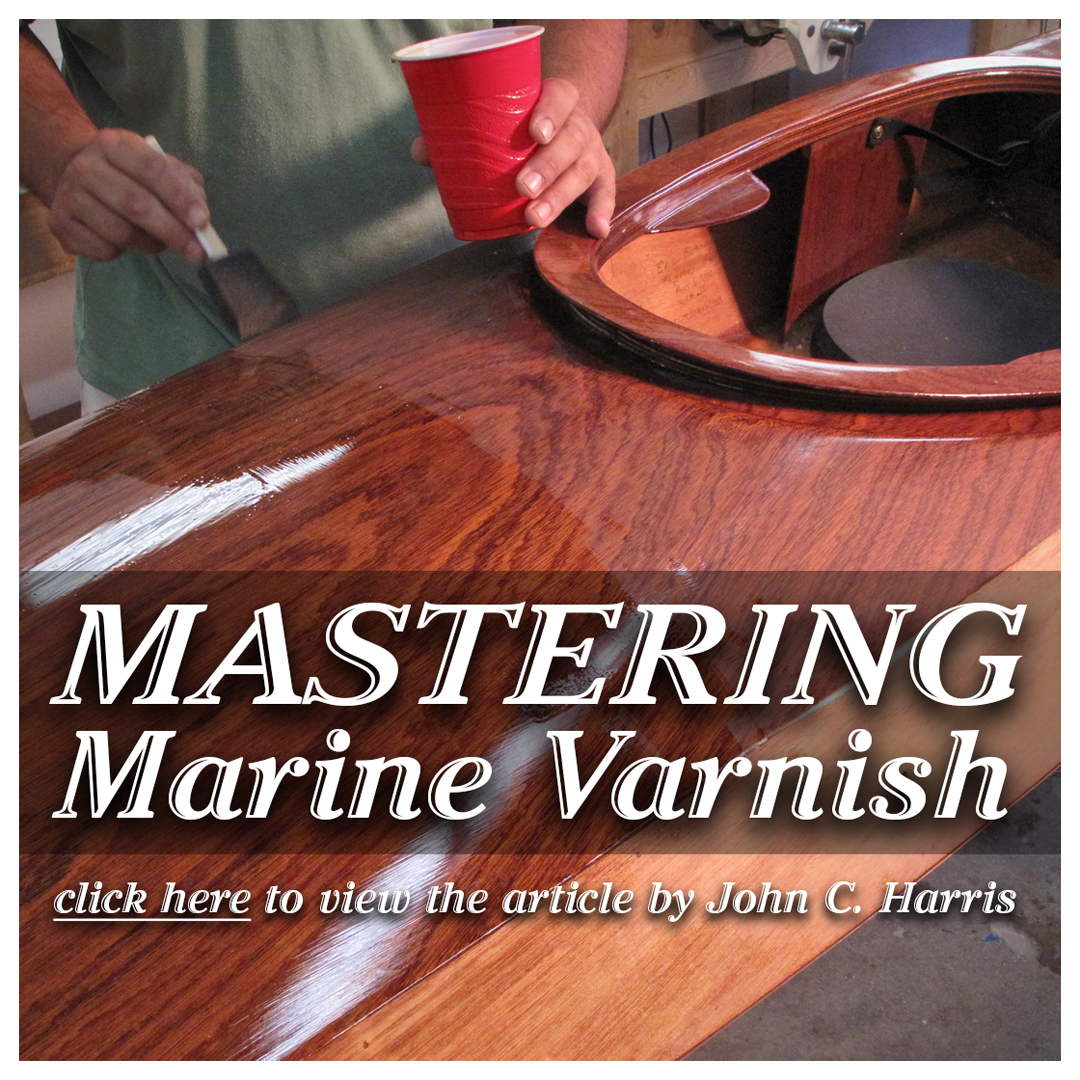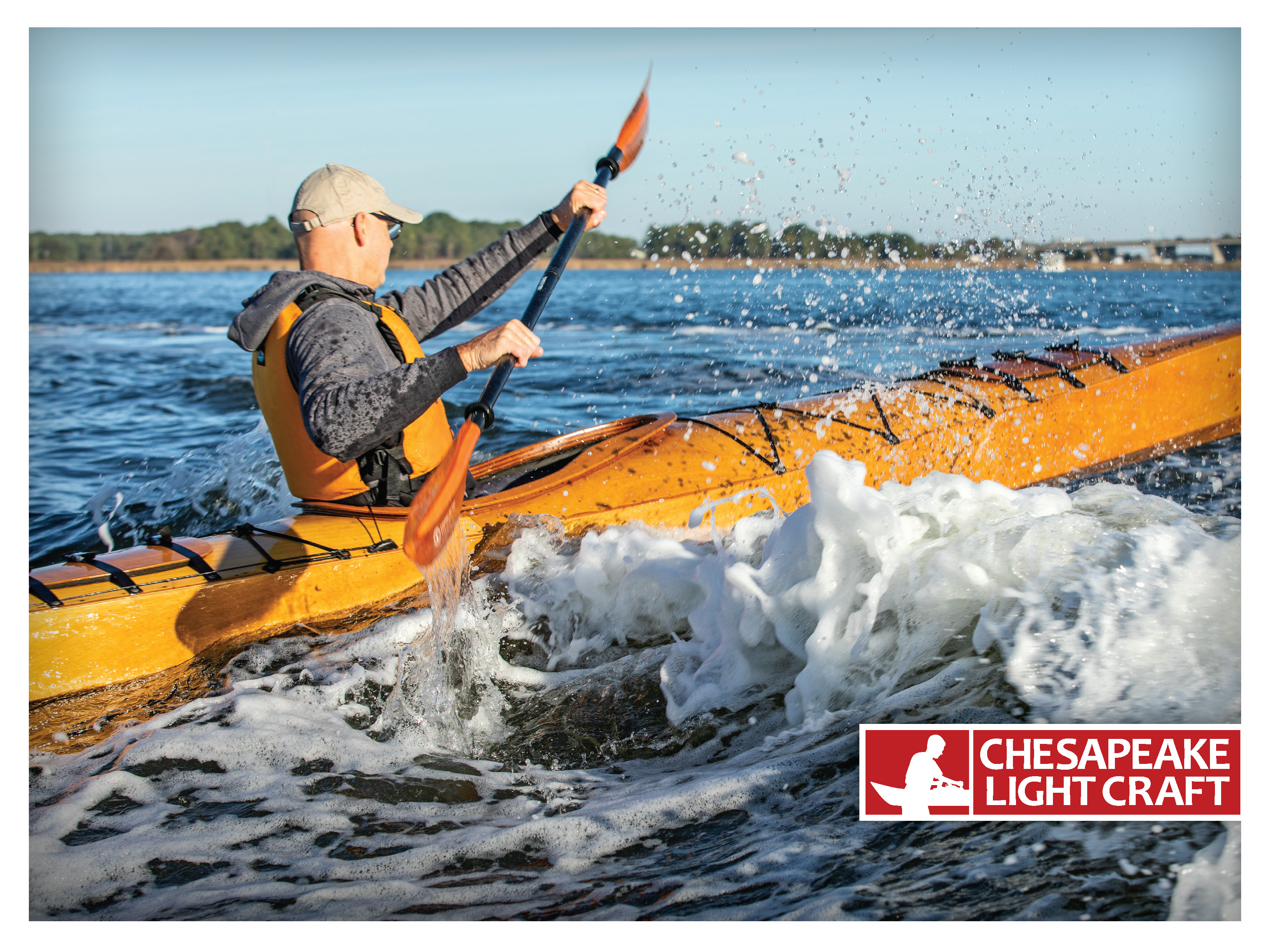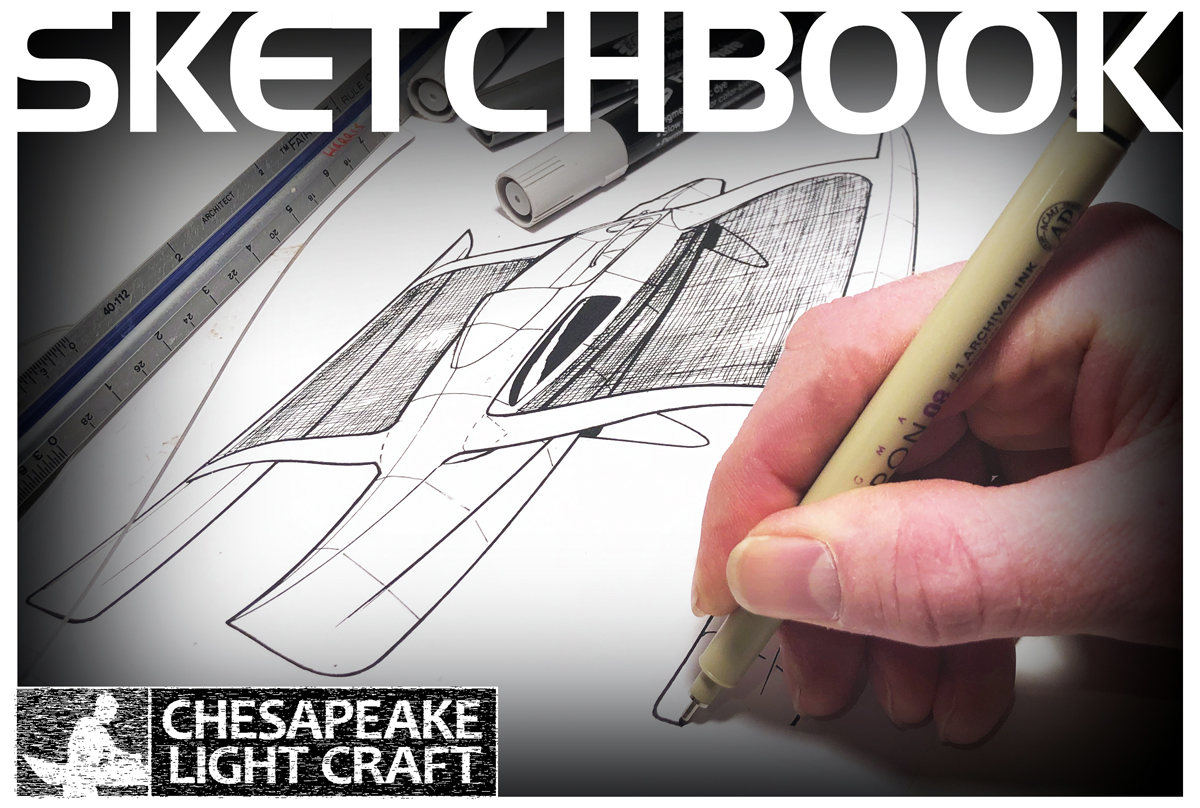Answers to Your Frequently Asked Questions
Click Here to Skip Directly to the Table of Paint & Varnish Quantities by Boat
Do we epoxy and fiberglass over the paint?
No, the epoxy will not be useful this way.
Is primer required?
Primer isn’t required but does help with smoothing minor imperfections.
Can I varnish over the paint (or paint over the varnish)?
Technically, yes, but you would not want to since there is an amber tint to the varnish. It is ok to paint over varnish after a good sanding.
If I change my mind and want to varnish the boat later, can I do this?
Not easily. It is possible to grind off all the paint but it won't be fun.
How long can I keep the boat in the water with polyurethane paint?
The one-part polyurethanes are really for boats that are pulled ashore when not in use. Newly painted hulls ought not to stay in for more than a few days. Once the polyurethane is really baked onto the hull, a week in the water should be fine.
Is it safe to apply primer below the waterline?
Yes, it is safe to apply primer below the waterline provided your boat will not be in the water for extended periods of time. Since most of CLC’s boats are pulled from the water when not in use it's okay to apply primer below the waterline. If your boat is going to be in the water for more than a week or two at a time, you should consider applying either a two-part paint such as Interlux Perfection, or an herbicidal "antifouling" bottom paint below the waterline.
When should I use bottom paint?
If you tend to keep your boat in the water for more than a few days at a time, especially in salt water in areas of strong marine growth, you should consider an antifouling paint below the waterline. Notwithstanding what the antifouling paints say on the can, these paints should be applied directly to the sanded and prepped epoxy below the waterline, not over a primer. (If you use a primer under bottom paint, it will need to be a two-part primer. CLC currently does not stock antifouling paint.
Can I add a non-skid to my paint?
Yes, Interlux offers a product called InterGrip which can be mixed into paint, or put into a container with a shaker top and sprinkled on after adding a fresh coat of paint.
What is so special about Fine Line tape?
Unlike paper tapes, Fine Line Tape won’t let your paint bleed onto varnish and vice versa. Also, it is extremely stretchy, allowing it to bend around curves on your boat or paddleboard.
Are special order colors available?
Yes, it is possible to special order a paint color on the existing paint chart on our website. Please select “Special Order” from the drop down on our Interlux or Pettit Paints. Then, during checkout, indicate the Paint Color and corresponding code in our notes section.
Do I need glazing putty?
Acrylic putty is great for small scratches or dents after priming or paint. Think of wire holes that didn’t quite fill or craters left from bubbles. It is applied very thinly with a putty knife. For slightly deeper imperfections it is better to apply multiple thin coats of putty, or just patch the indentation with epoxy. Glazing putty dries very quickly if applied this way. Once dry, the putty should be sanded away with 220 grit sandpaper until the surface is smooth.
Is paint smelly?
Yes. Some products have stronger odors than others but ALL of them should only be used with proper ventilation.
Is a respirator necessary?
Yes, it is recommended to wear a respirator with a particulate filter when sanding and an organic vapor cartridge when painting.
Can I add a second coat of varnish or paint on the same day?
Yes, but only under very specific conditions. It requires mild temperatures (~70-80 degrees F), low humidity, and stable temperature throughout the day. It also requires that the first coat be perfect without runs or "holidays."
Which Scotch-Brite Pad should I use in between coats of paint and varnish?
We recommend Scotch-Brite #07447 Very Fine or similar. These pads will not help with runs, however.
Paint & varnish: Shaken or Stirred?
Only paint is stirred before application. Never shaken! Varnish should be neither shaken NOR stirred before application.
What about wet sanding?
Wet sanding is a quick and effective way to level surfaces with fine sandpaper The water keeps the sandpaper from clogging, and thus allows you to use finer grits (220-grit and above). Wet sanding before you start to varnish is the way. If you do a good job you can use Scotch Brite thereafter, build thickness, and avoid removing as much varnish by sanding between coats as you apply!
Want to learn more? Read our Mastering Marine Varnish article here.
Learn more about our finishing products here: Interlux and Pettit
Paint & Varnish Quantities by Boat
(download as PDF)


 return to section:
return to section: 










